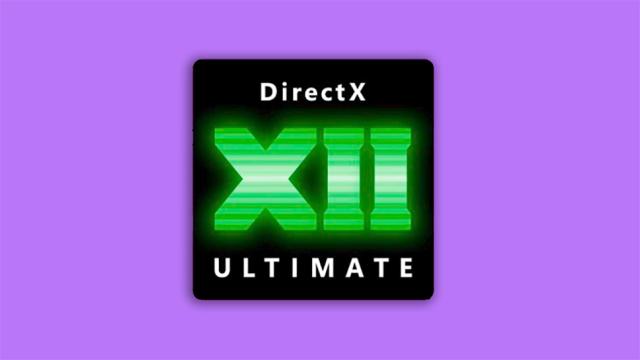Microsoft has announced a new DirectX standard it claims will not only sync the graphics improvement process in games across both PC and console, but will also be backwards compatible with older PC hardware. If it works as explained it’s going to be a lot easier to port games from PC to Xbox and vice versa.
Called DirectX 12 Ultimate, it supports all next-generation graphics hardware features, including DirectX raytracing, variable rate shading, mesh shaders and sampler feedback without (hopefully) having an adverse effect on game compatibility with hardware that does not support those DX12 Ultimate features. It’s a single graphics API for Windows PC and Xbox—which also means, following on the heels of the Vulkan API, DXR (aka ray tracing) is now standardised, too.
As Microsoft noted in a press release today, the graphics improvement process has gone like this for decades: new hardware tech comes out, developers slowly design games for new hardware tech, and the process continues until everyone and everything is up to speed. Or more specifically: As new PC hardware or a new console generation reaches market saturation, the number of addressable sockets with next-generation capable graphics features increases. More next-gen sockets means more game studios are willing to adopt the new features, and the process continues until everyone has adopted the new socket and market saturation occurs.
But that cycle for Windows PC and Xbox graphics platforms has seen little overlap over the years. Even if the hardware was similar between the two platforms, the software interfaces have always been different. What the new DirectX 12 Ultimate standard does is unify the PC and console cycles so they no longer operate independently from each other. So when the new Xbox does arrive, both it and desktop GPUs will have the same feature set that comes with DirectX 12 Ultimate. The same tools will work across both PC and Xbox, and unify future PC hardware and console cycles for years to come.
This also means DirectX 12 Ultimate is backwards compatible, unlike DirectX 12. DirectX 12 has required support by both your OS and hardware since it launched back in 2015. Graphics cards have evolved a great deal in the last five years, so that’s a non-issue now unless you’re still running an older version of Windows. (Some games like World of Warcraft are DirectX 12 compatible on Windows 7 despite support for Windows 7 ended at the beginning of this year.)
All Nvidia GeForce RTX graphics cards are compatible with DirectX 12 Ultimate, too. So if you have any 20-series card, a simple driver update will get you up to speed. And since we know that the custom AMD GPU inside the Xbox Series X supports DXR, it will also support DirectX 12 Ultimate. And whenever AMD decides to release desktop graphics cards with ray tracing, it makes sense that they should support the new standard as well. We’ve reached out to AMD for confirmation and will update when AMD responds.
If you are running something like a GTX 970, which is supported by DirectX 12, you’ll still be able to play games that use DX12 Ultimate features. Of course, you’re not going to get ray tracing with a GTX 970, and it could struggle with games like Battlefield 5, depending on your graphics settings, but the point is that it will work with the latest DirectX API.
